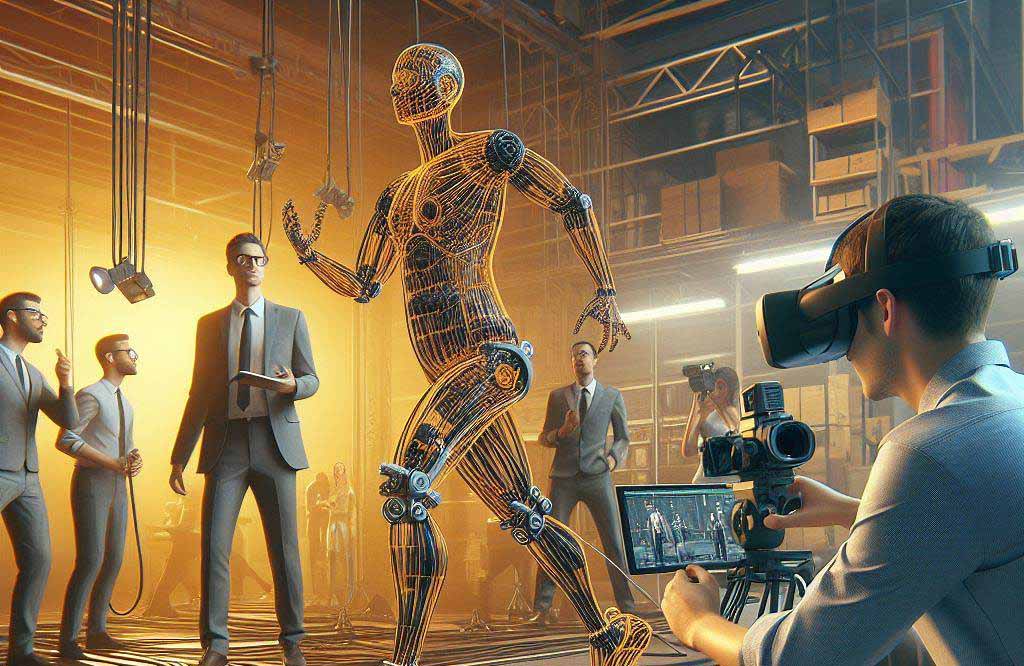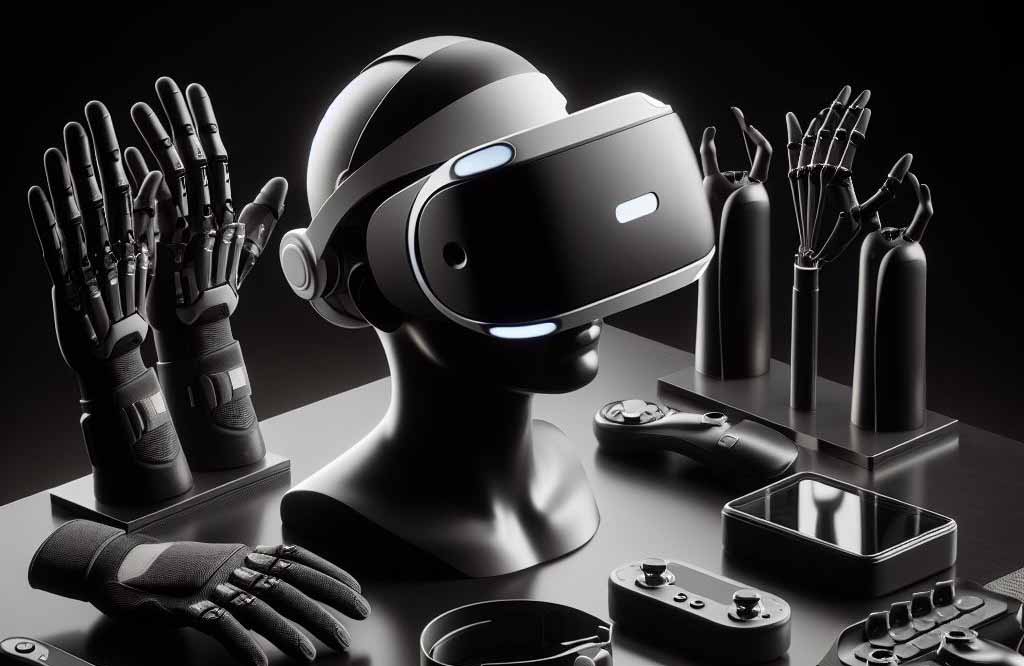In the rapidly evolving world of technology, VR accessories play a crucial role in enhancing the immersive experience. As VR technology becomes increasingly integrated into various sectors and particularly education, understanding the range of available accessories and their functions is essential.
This article delves into the diverse world of VR accessories, exploring how they are revolutionizing the way we interact with virtual environments.
The Importance of Accessories in VR
VR technology has transcended beyond gaming and entertainment, making significant inroads into the educational sector. The right accessories can greatly augment the learning experience. At best gadgets can offer students and educators more interactive and engaging ways to explore complex subjects.
From haptic feedback gloves that simulate touch to advanced motion trackers, these accessories are not just add-ons; they are integral components that bridge the gap between virtual and physical realities.
Here is a list for the most important VR accessories for education:
- Space exploration
- Historical adventures
- Chemistry lessons
- Assemble or repair gadgets
- Maintenance learning courses
Haptic Feedback Devices: A Touch of Reality
In an era where digital technology is rapidly advancing, haptic technology stands out as a groundbreaking development. This technology, which creates an experience of touch through forces, vibrations, or motions, is revolutionizing various fields, including virtual reality in education, gaming, and robotics.
Haptic feedback devices are among the most intriguing VR accessories. They provide tactile sensations, allowing users to ‘feel’ virtual objects. These devices range from gloves and vests to full-body suits – each offering a different level of interaction.
In an educational context, such devices can revolutionize how students learn about physical phenomena, anatomy, or even historical artifacts, providing a hands-on experience without the constraints of the real world. Without this kind of feedback educational objects doesn’t mimic the real world situation.
VR accessories – Motion Tracking
Motion tracking technology in VR has taken leaps forward. Initially limited to basic hand controllers, the technology now includes advanced systems that track full-body movement. Its significance is particularly profound in the field of education, where it opens up new horizons for interactive learning.
This evolution enables a more natural and intuitive interaction within the virtual world. For instance, in a virtual chemistry lab, students can perform experiments with realistic movements, enhancing their understanding and retention of the subject matter.
It is important to understand that motion tracking stands as a key component in virtual reality because it is transforming how we interact with digital environments. This comes even more important in many educational areas which are dependent on precise and close to real world interactions between the user and digital world.
What is Motion Tracking in VR?
Motion tracking in VR technology refers to the ability to track the movements of a user and replicate them within a virtual environment. Usually user is interacting with digital world with his hands or controllers. In the future is highly likely that we will see many more ways for interactions, so from that point of view motion tracking is important thing to follow.
This technology uses various sensors to detect and translate physical movements into digital actions, allowing for a seamless blend of the real and virtual worlds. By accurately tracking movements, VR creates an immersive and interactive experience that is critical in educational settings.
The technology behind motion tracking can be categorized into two types: outside-in tracking, and inside-out tracking, where cameras and sensors on the VR device itself map the surrounding environment. Both methods play a pivotal role in creating responsive and engaging VR experiences.
- Outside-in tracking: External sensors track VR headsets and controllers – old school way
- Inside-out tracking: VR accessories itself map the surrounding environment, like Oculus Quest or Pico VR
Educational Applications of VR Motion Tracking
VR accessories plays an important but what comes to VR in education. Especially Motion tracking in VR has a wide array of applications in education – each offering unique benefits to learning experiences:
- Immersive Learning Experiences: In subjects like history or geography, VR can transport students to different times and places. For instance, a history class can explore ancient civilizations in a 3D environment, with students physically walking through and interacting with the virtual world, making learning more engaging and memorable.
- Skill Development and Training: In technical and vocational education, VR motion tracking allows for hands-on training without the risks or costs associated with real-world practice. Medical students, for example, can perform virtual surgeries, getting tactile feedback and honing their skills in a safe, controlled environment.
- Physical Education and Sports Training: VR motion tracking can also enhance physical education by simulating various sports scenarios. Athletes and students can practice their techniques and movements in a virtual space. This gives a possibility to give immediate feedback on their performance.

Visual and Audio Enhancements: A Feast for the Senses
Visual and audio accessories play a pivotal role in creating an immersive VR experience. High-resolution VR headsets offer crisp and vivid visuals, making the virtual world as realistic as possible.
Similarly, spatial audio accessories provide a 3D sound experience which is essential for creating a fully immersive environment. This new audio technology is getting better
These enhancements are particularly beneficial in educational VR applications, where clarity and immersion can significantly impact the effectiveness of the learning experience. If you are working on education which depens on quality audio feedback, then all kinds of audio-related VR accessories is something to study about.
The Future of VR Accessories in Education
The future of VR accessories in education is bright, with ongoing developments aimed at making VR experiences more accessible and interactive. Emerging technologies like brain-computer interfaces and augmented reality (AR) integration promise to further blur the lines between the virtual and real worlds.
These advancements will not only enhance the way we learn but also open up new possibilities in how we perceive and interact with information.
One of the most exciting prospects is the integration of artificial intelligence with VR motion tracking. This combination could lead to adaptive learning environments that adjust in real-time to the user’s movements and learning style – providing personalized educational experiences.
In the future is possible to make personal assistant or even virtual teachers who will give personal guidance to students. These digital educators can even modified in a way that suits the best for different personalities. This kind of approach would be hard to implement in real world because it would cost a fortune.
Together with multiplayer VR games this new technology makes possible to create a virtual classrooms where students and virtual assistants are working together whenever needed. No more physical restriction what comes to moving between home and school!
VR accessories – Conclusion
VR accessories are not just peripheral components; they are transformative tools that redefine our interaction with virtual environments. In the realm of education, they offer unprecedented opportunities for interactive, immersive learning experiences. As VR technology continues to evolve, the potential applications of these accessories are limitless, paving the way for a future where learning is not only informative but also truly experiential.
